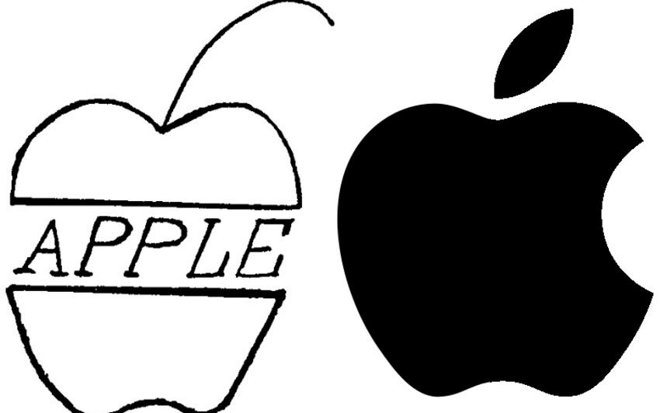Small to mid-sized brands are often unsure if they should invest in protecting a trademark. They understand that over time, a trademark can grow and add value to a company. But it can be very confusing to sort out the process. Clients often ask, why spend money on a trademark? Trademarks have to be reviewed to see if there is similarity that can be confusing. For example, if two similar brands appear to come from the same place, confusion exists. Imagine someone selling computers or phones under the brand name APLE.
Why Spend Money on a Trademark?
I have learned quite a bit about trademarks although I am not an attorney so seek out a professional for specific advice. Here is some practical advice worth considering if your are thinking about registering a mark.
- Create an invented word or name. It takes time and investment to do this but over time, the name can be more distinctive. In addition, protection is easier too. Xerox comes to mind. I love the name Prevacid that combines prevent with acid for a medicine that solves that problem.
- Common words can be protected in selected categories – and they are seen as selective marks. Amazon is a great example that comes to mind – communicating unbound size.
- Descriptive marks are not protectable except when, over time, a brand develops secondary meaning. Weight Watchers, for example.
- Generic marks are not protectable. Think Super Glue.
- Stay away from geographic marks as they can make it difficult to register.
- Spend the money to file and register with a trademark attorney who understands how to protect this asset.
- Establish clear uses for the mark. These brand standards show type, font, color, how to adapt the mark for horizontal, vertical or other purposes. Make sure those using the mark in commerce understand the rules.
- Your brand will gain strength from being in the market for a long period of time. This suggests that now is the time to register the mark to ward off competitors. Because the strength of a mark is dependent upon consumers’ familiarity with it, it is much easier for a competitor to neutralize your mark soon after it has been introduced than after it has been in use for a long period of time.
- The most expensive part of a trademark is protecting it. Legal battles are costly, but if your trademark has value, you need to make sure it isn’t infringed upon by others. Owning a trademark isn’t expensive. Defending is. Are you prepared to defend the mark and fight for ongoing protection?
- The determination of infringement involves strength of the mark, similar and evidence of consumer confusion. These aren’t easy (or cheap) to prove. If a consumer can be confused by a trademark because it is similar to another, you may be in a problem territory.
- When a trademark has been registered for five years, the mark becomes incontestable. Federal mark registration lasts ten years and requires registering it again every ten years for as long as you want the mark.
- Always show the registered mark ® if the mark is registered. If you have just filed, use the ™. You can use it the first time that mark appears in a document; you don’t need to show it every time.
- The US Patent and Trademark Office has a helpful website to look at existing trademarks. You can search for keywords or combine words so that you can see if anyone is using a specific word in conjunction with a specific category. Click here to go to their site.
This post, Nine steps to creating a spectacular brand name. may also be helpful if you are trying to determine how to create a great brand name.
Thinking about how a trademark can help your business, think about how valuable something can be when only you can use it. It helps differentiate you from your competitors and it may give you some special pricing power. And, when you sell your business or brand, if the trademark has secondary meaning to your audience, it may enhance the value you can get for your business.
If you need help sorting through the world of trademarks, connect with me. I can even connect you with a very skilled attorney to help.




